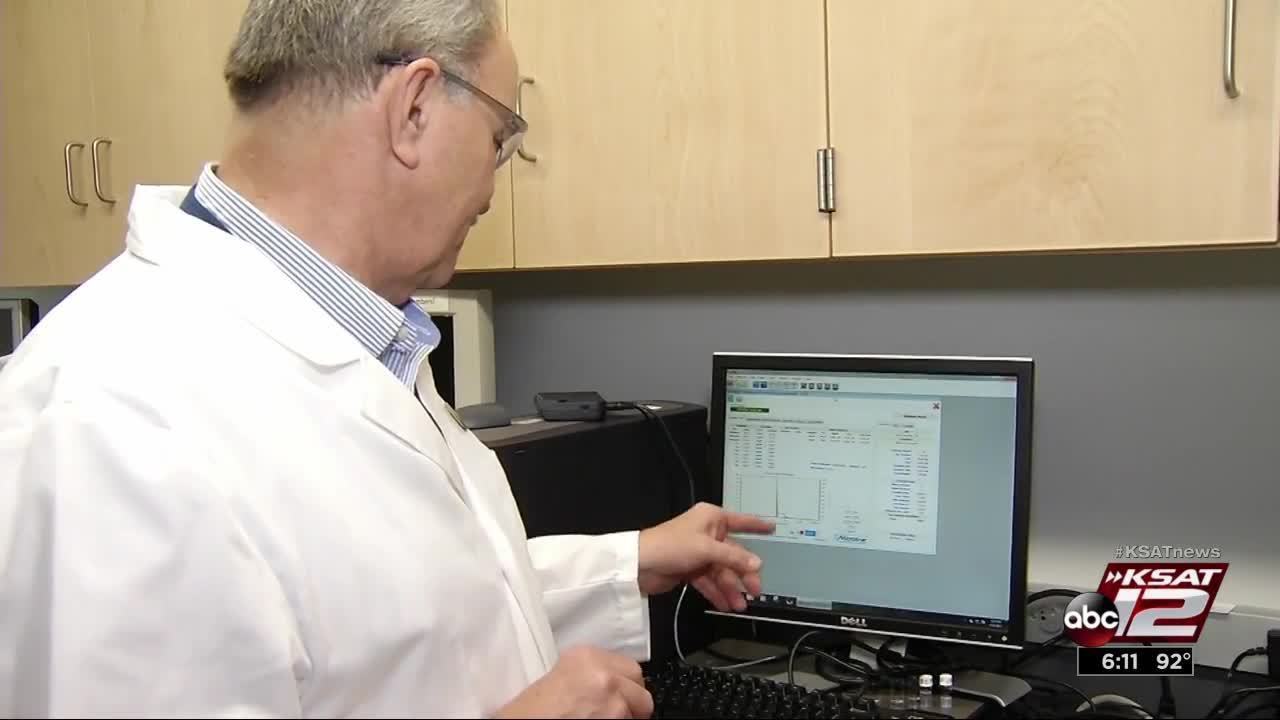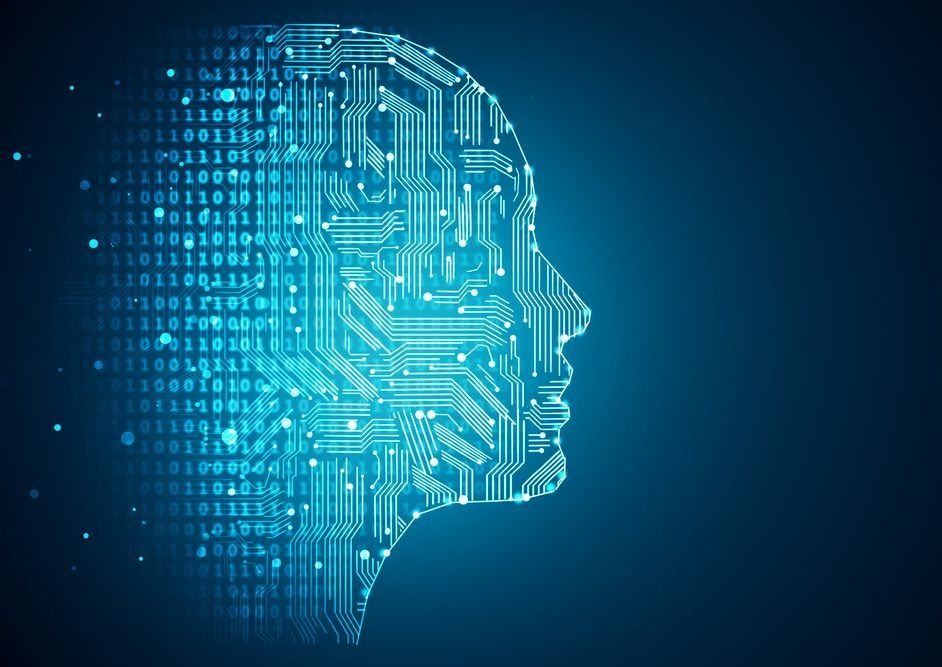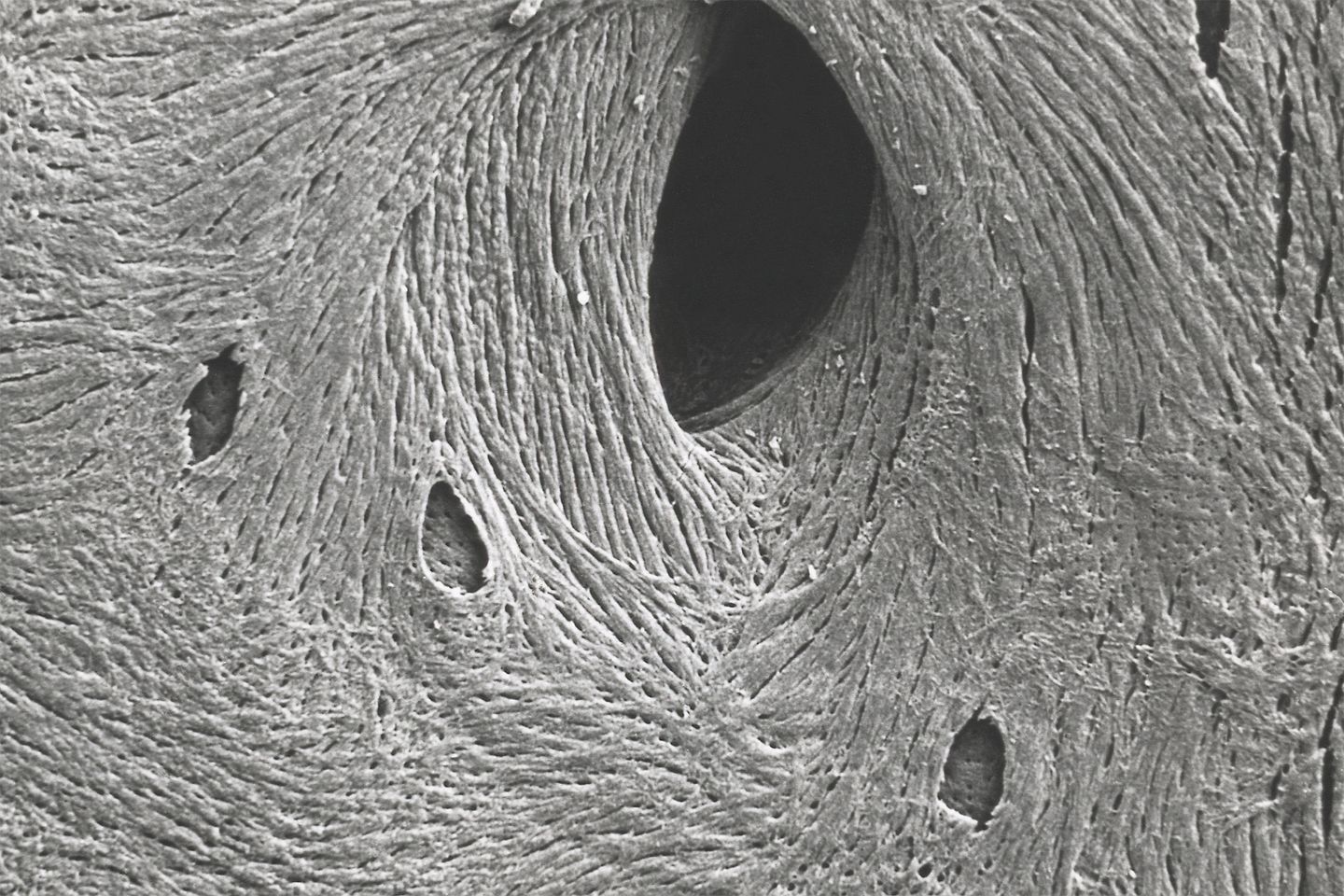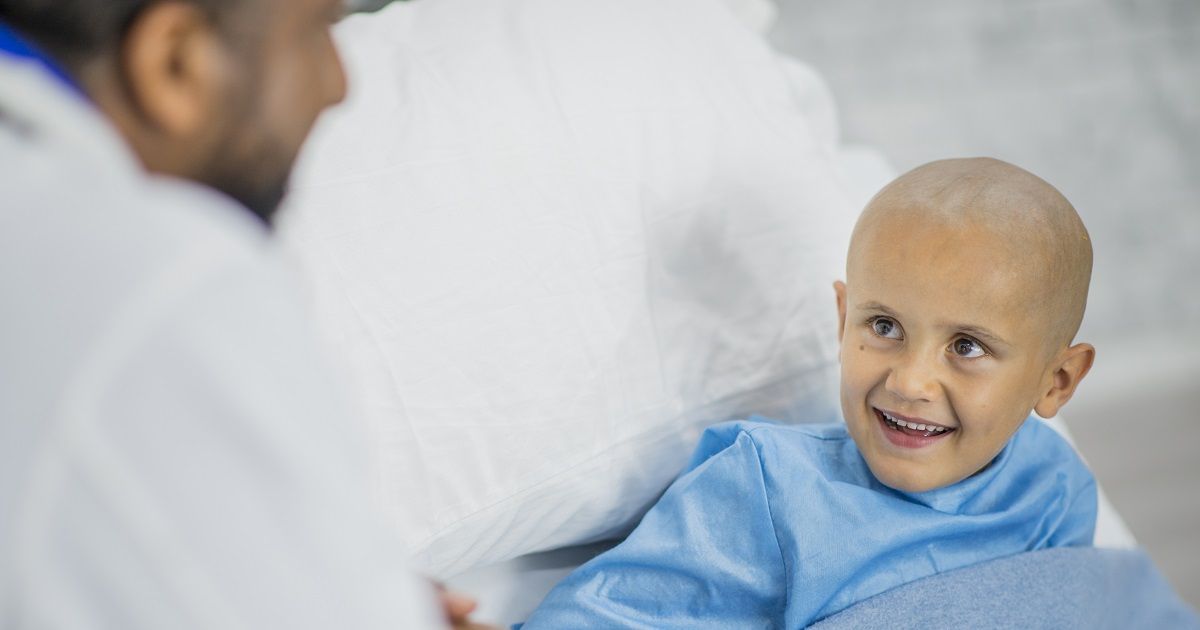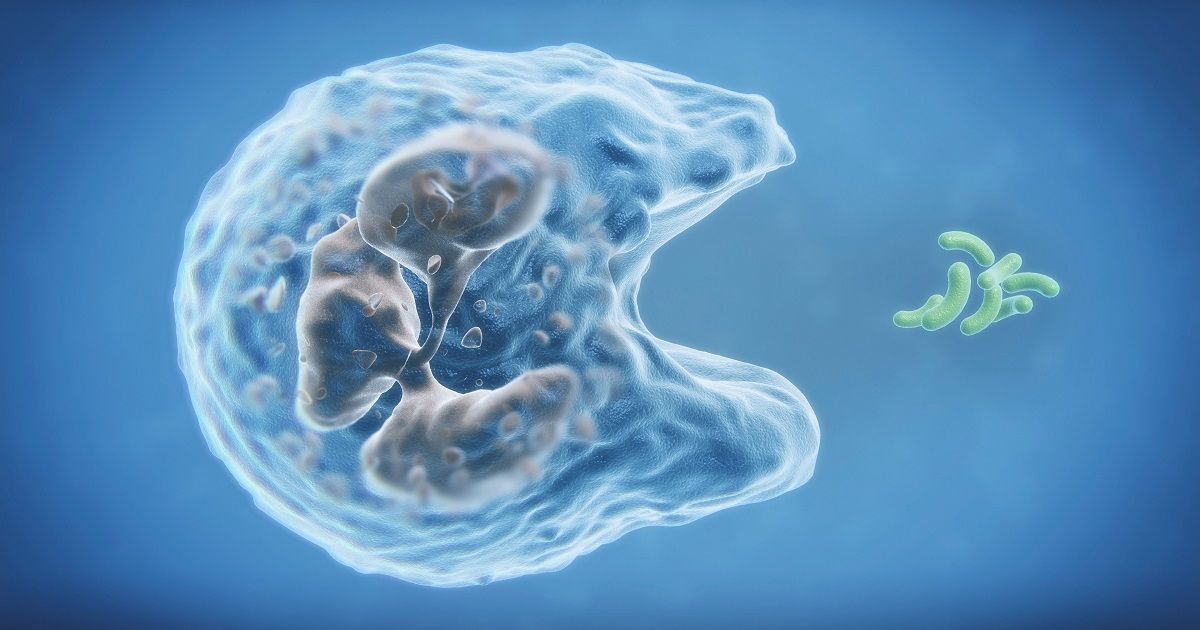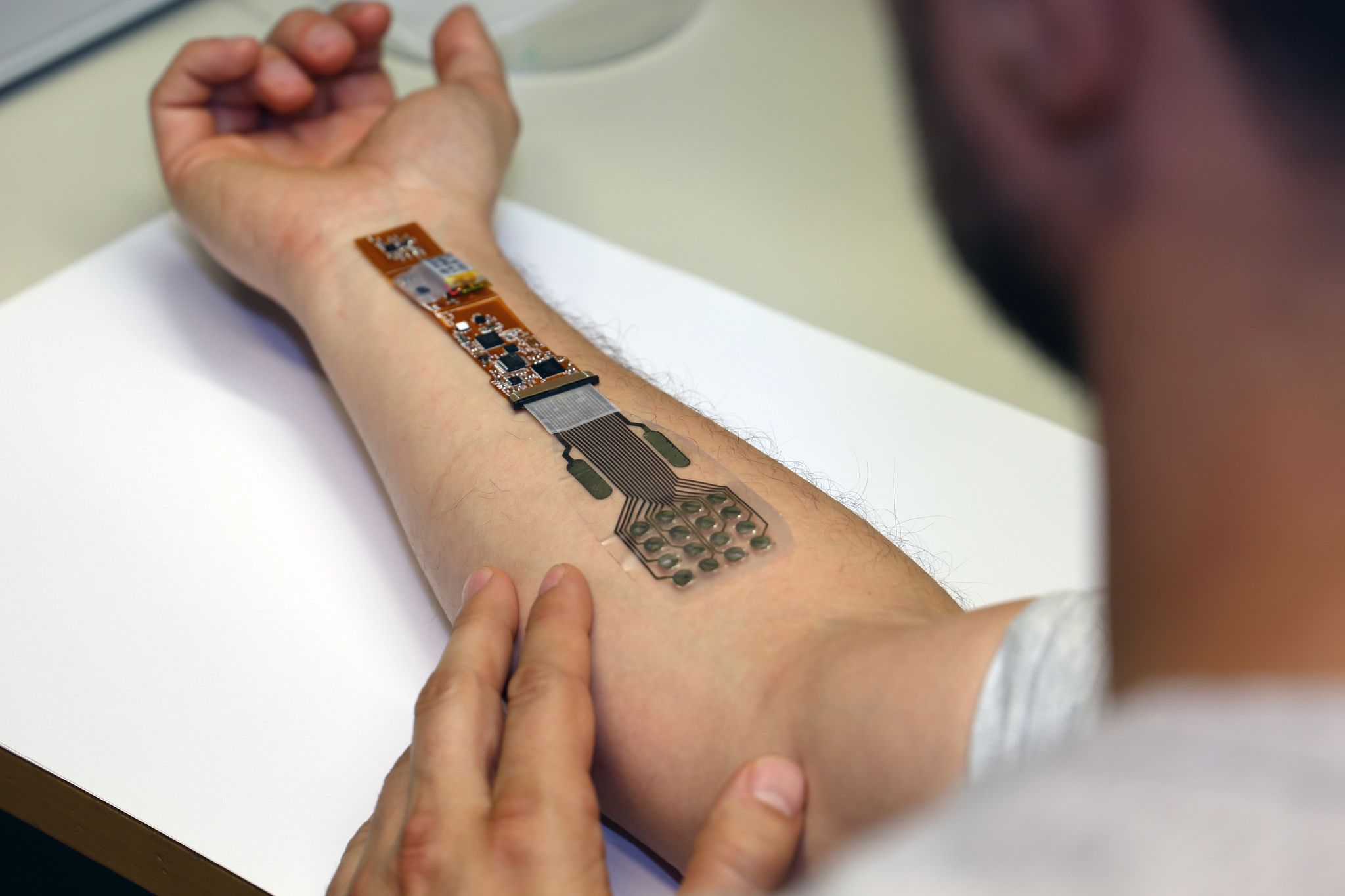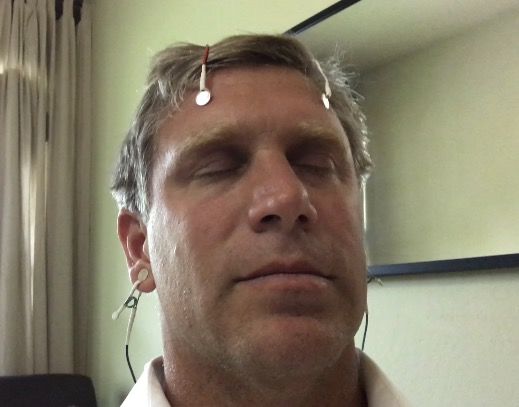Archive for the ‘biotech/medical’ category: Page 2381
Sep 21, 2017
Discovery helps engineer more accurate Cas9s for CRISPR editing
Posted by Dan Kummer in category: biotech/medical
Detailed study of how Cas9 protein domains move when they bind DNA leads to re-engineered Cas9 with fewer off-target effects.
Sep 20, 2017
How AI can Help Reduce the Cost of Drug Discovery
Posted by Steve Hill in categories: biotech/medical, robotics/AI
The cost of drug discovery and subsequent development is a massive challenge in the pharmaceutical industry. A typical drug can cost upwards of $2.5 billion and a decade or more to identify and test a new drug candidate[1].
These costs have been increasing steadily over the years, and pharmaceutical manufacturers are constantly seeking ways to improve efficiency to save time and money and speed up research progress.
Automation in the lab is one example; tasks that were traditionally carried out by technicians can now be done by machines. Increasingly sophisticated assays to detect new drug candidates have also helped to slash development time. Now a new ally has arrived to aid drug development – artificial intelligence – and a powerful ally it is.
Sep 20, 2017
How do you grow bone in a lab? Good vibrations
Posted by Nancie Hunter in categories: 3D printing, biotech/medical, engineering
A team from the Universities of Glasgow, Strathclyde, the West of Scotland and Galway have created a device that sends nano vibrations across mesenchymal stem cells suspended in a collagen gel.
The authors of the paper, published in the Nature Biomedical Engineering journal, found that these tiny vibrations turn the cells into a 3D model of mineralised bone ‘putty’. This putty isn’t quite as hard as bone at this stage. That’s where the body comes in.
“We add the bone putty to an anatomically correct, rigid living scaffold, that we made by 3D printing collagen,” says Matthew Dalby, professor of cell engineering at the University of Glasgow, and one of the lead authors of the paper. “We put lots of cells in the body so it has a chance to integrate this new bone. We tell the cells what to do in the lab, then the body can act as a bioreactor to do the rest.”
Continue reading “How do you grow bone in a lab? Good vibrations” »
Sep 20, 2017
Are We Killing Ourselves With Antioxidants?
Posted by Brady Hartman in categories: biotech/medical, life extension
Summary: The mitochondrial free radical theory of aging says that if we consume antioxidant supplements, we can repair the damage caused by free radicals. However, this recommendation is contradicted by a large body of evidence which shows that antioxidant supplements are often harmful. Researchers are discovering more effective ways to improve health by clearing our mitochondrial damage caused by free radicals.
Are you killing yourself in a bid to live a longer healthier life?
A growing body of evidence shows that if you take antioxidant supplements, and you are otherwise healthy, then you are wasting your money, and damaging your liver and nervous system.
Continue reading “Are We Killing Ourselves With Antioxidants?” »
Sep 19, 2017
Can We Stop Mitochondria From Causing Cancer to Grow?
Posted by Brady Hartman in category: biotech/medical
Summary: A new report on mitochondria and cancer shows how our mitochondria help our cancers to grow. With its 37 genes, mitochondria are an attractive druggable target and researchers are looking it as an angle to develop powerful cancer cures. Cover Photo: FatCamera – iStock/Getty Images.
Scientists believe the cure for cancer lies within our mitochondria.
Once considered an academic backwater, researchers suddenly have a renewed interest in the metabolism of cancer cells and are focusing on the lowly mitochondrion. New research shows that the mitochondria within our bodies bend over backward to help cancer cells grow. Scientists are publishing increasing amounts of evidence showing that cancer-induced changes in our mitochondria contribute to the growth of cancer. As Dr. Dario C Altieri, Head of the Altieri Lab at the Wistar Institute said in a review in the July 2017 British Journal of Cancer.
Continue reading “Can We Stop Mitochondria From Causing Cancer to Grow?” »
Sep 19, 2017
Thanks to Gene Thieves We Have ‘Alien DNA’ in Our Mitochondria
Posted by Brady Hartman in categories: biotech/medical, life extension, neuroscience
Most people don’t realize that all human beings have two sets of DNA in their bodies, the DNA inside our chromosomes, and a foreign DNA inside our mitochondria, that our ancestors stole from bacteria over a billion years ago.
Look into any of your cells, and you’ll see mysterious foreign DNA lurking inside your mitochondria, the tiny organelles that litter your cells. Recently, mitochondria have come under a growing scientific spotlight; scientists increasingly believe they play a central role in many, if not most, human illnesses. Mitochondria are the powerhouses of the cell, and when they falter, our cells lose power, just as a flashlight dims when its batteries weaken. Recently, researchers have linked mitochondria to an array of metabolic and age-related maladies, including autism, type 2 diabetes, cancer, Alzheimer’s, Parkinson’s, and cardiovascular disease.
While our mitochondria did not come from another planet, they might as well have. Peer through a microscope, and you’ll swear that tiny aliens have invaded your cells. You are partially correct. Mitochondria appear out of place compared to the other structures within the cell. Something ‘alien’ has invaded our cells, eons ago, but it came from primordial bacteria, a distinctly terrestrial source.
Sep 19, 2017
VTT Finland develops 3D printed device for advanced wound care
Posted by Klaus Baldauf in categories: 3D printing, biotech/medical, nanotechnology
Cellulose is the most abundant organic polymer in the world. It is the primary compound in the cell walls of green plants, and is typically used to make paper and cardboard.
At the VTT Technical Centre of Finland, a state owned research and development non-profit, scientists have used nano-structured cellulose to make a 3D printable material.
The nanocellulose paste is now in development to make smart-dressings that heal and monitor skin wounds.
Continue reading “VTT Finland develops 3D printed device for advanced wound care” »
Sep 18, 2017
The “Science Will Not Defeat Aging in my Lifetime so Why Bother?” Argument, and Why We Should be More Optimistic
Posted by Steve Hill in categories: biotech/medical, life extension, science
For much of human history, living up to a ripe old age was seen as a gift from the gods, an aberration, or just the product of sheer luck. Given that up to the beginning of the twentieth century many of us succumbed to disease at an early age, being extremely fortunate to live anywhere past the age of forty, it should be no surprise that living a long life is still beatified today as something akin to winning the lottery.
Even when confronted with the galloping pace of scientific advances in human longevity, our historical sensibilities have led us to take a defeatist stance towards the subject: “Even if longevity interventions become available during my lifetime, I am already too late to take advantage of them, so why bother?”
Indeed, this hesitation to see human life extension as a real possibility in our lifetime, dismissing it as a dream belonging to the realms of science fiction[1] and futuristic utopias[2] is not an uncommon one, and as long as tangible rejuvenation therapies do not become available, we will feel validated in our pragmatism.
Sep 18, 2017
I Tried Direct Neurofeedback and the Results Surprised Me
Posted by Zoltan Istvan in categories: biotech/medical, cyborgs, robotics/AI, transhumanism
My new story for my #transhumanism column at Psychology Today on Direct Neurofeedback:
Transhumanism—the movement of using science and technology to improve the human being—covers many different fields of research. There are exoskeleton suits to help the disabled; there are stem cell treatments to cure disease; there are robots and AI to perform human chores. The field is wide open and booming as humanity uses more and more tech in its world.
It’s not that often I get to participate directly in these radical technologies, but I did so recently when Grant Rudolph, Clinical Director at Echo Rock Neurotherapy in Mill Valley, California invited me to try his Direct Neurofeedback techniques. Via his computer and EEG wire hookups, Mr. Rudolph echoed my brainwave information back into my head at an imperceptible level. I did two sessions of Direct Neurofeedback.
Continue reading “I Tried Direct Neurofeedback and the Results Surprised Me” »
